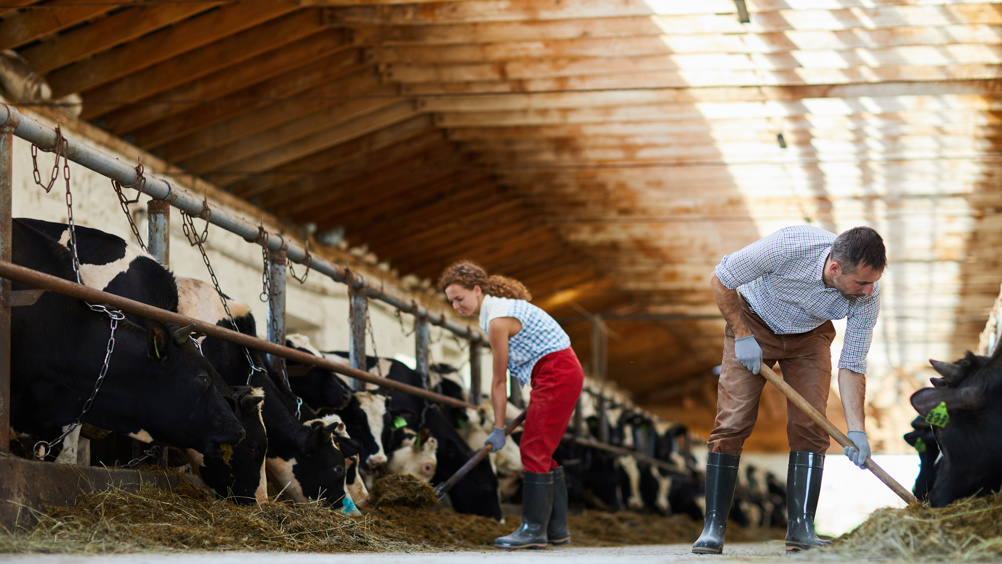References
Bovine respiratory disease: prevention and control

Abstract
Bovine respiratory disease (BRD) presents a diagnostic challenge as clinical signs alone may not identify the underlying cause. Whilst clinical signs may suggest pneumonia, it is important to recognise that BRD encompasses upper and lower respiratory tract disease. Both bacterial and viral pathogens are implicated in BRD, and co-infections are common, further complicating diagnosis.
Bovine respiratory disease (BRD) is a complex, multifactorial syndrome that, despite substantial research (Fulton, 2009), remains a significant problem costing the UK cattle industry an estimated £50 million annually (Statham et al, 2018). An average BRD prevalence of almost 50% has been reported in pre-weaned dairy heifers (Johnson et al, 2017) and almost 70% of UK cattle farmers experience BRD in their herds with nearly 50% reporting animal losses attributed to BRD (Baxter-Smith and Simpson, 2020).
Bovine respiratory disease arises due to a combination of animal (host) factors, environmental factors and pathogen factors (Figure 1). Animal factors are those that affect individual susceptibility to infection such as immune status or stress. Environmental factors affect the susceptibility of individuals or groups to infection such as ventilation, over-stocking or a high degree of pathogen challenge in the environment. Pathogen factors are features of different pathogens that increase their pathogenicity — for example, virulence factors such as leukotoxin production.
Register now to continue reading
Thank you for visiting UK-VET Companion Animal and reading some of our peer-reviewed content for veterinary professionals. To continue reading this article, please register today.

